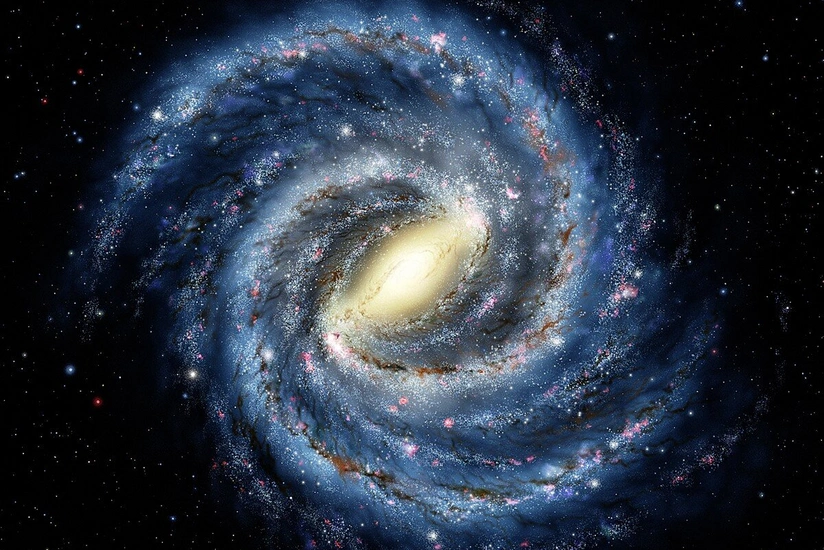Ancient star system near Milky Way discovered
- 31 March, 2024
- 12:51

Astronomers from the University of Victoria (Canada) and Yale University (US) have discovered an ancient star system that is a satellite of the Milky Way, called Ursa Major III/UNIONS1 (abbreviated as UMa3/U1), the discovery was mentioned in an article published in The Astrophysical Journal, Report informs.
The observations were made using the Keck Observatory telescope, the Canada-France-Hawaii Telescope (CFHT), and the University of Hawaii's Pan-STARRS telescope. UMa3/U1, which has so far evaded detection, is located in the direction of the constellation Ursa Major, at a distance of 30,000 light-years from Earth.
UMa3/U1 contains just 60 stars over 10 billion years old and is only 10 light years in diameter. It is only 16 times the mass of the Sun and 15 times less massive than the faintest dwarf galaxy. Astronomers have confirmed that the system is gravitationally bound and belongs to either dwarf galaxies or star clusters.
A preliminary analysis of the velocities of stars in the galaxy showed that UMa3/U1 may be a dark matter-dominated galaxy. This could explain how the stars manage to remain a cohesive group over time. Besides, this would confirm the current cosmological model ΛCDM, which predicts that hundreds of satellite star systems revolve around large galaxies.
